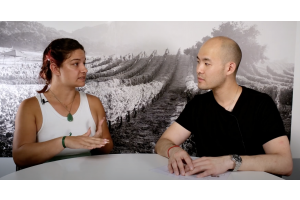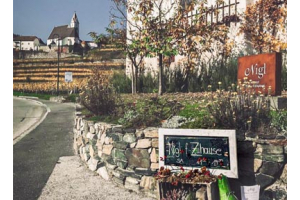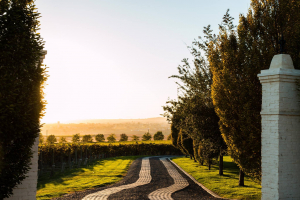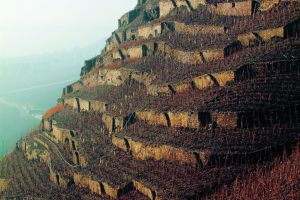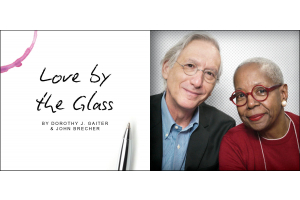The revival of nearly extinct native grape varieties is one of the most exciting developments in Italian wine today, fueled by history, biodiversity efforts, and growing consumer preferences. Many of these forgotten grapes fell out of favor due to shifting agricultural practices and the global rise of high-yield international varieties like Cabernet Sauvignon and Chardonnay. But more and more, wine consumers are seeking bottles that tell the story of where they come from.
In his book, Native Wine Grapes of Italy, Ian D'Agata writes that wines made with local grape varieties are special: "To Italians, they represent Italy just as famous monuments, natural landmarks, or local recipes do."
One producer at the forefront of this rediscovery is San Felice, a historic estate in Chianti Classico with a long track record of research and innovation. In 1968, it helped launch the Super Tuscan movement with Vigorello, a blend that includes Cabernet and Merlot, and later introduced the region’s first single-vineyard Chianti Classico, Poggio Rosso Gran Selezione.
That spirit of experimentation continues today with San Felice’s groundbreaking Vitiarium project, which, in the mid-1980s, began identifying and reintroducing nearly forgotten grape varieties. The collection includes four labels: Borgo Chianti Classico DOCG, La Pieve Chianti Classico DOCG Gran Selezione, Pugnitello Toscana IGT, and In Avane Chardonnay Toscana IGT.
Path to Pugnitello
...
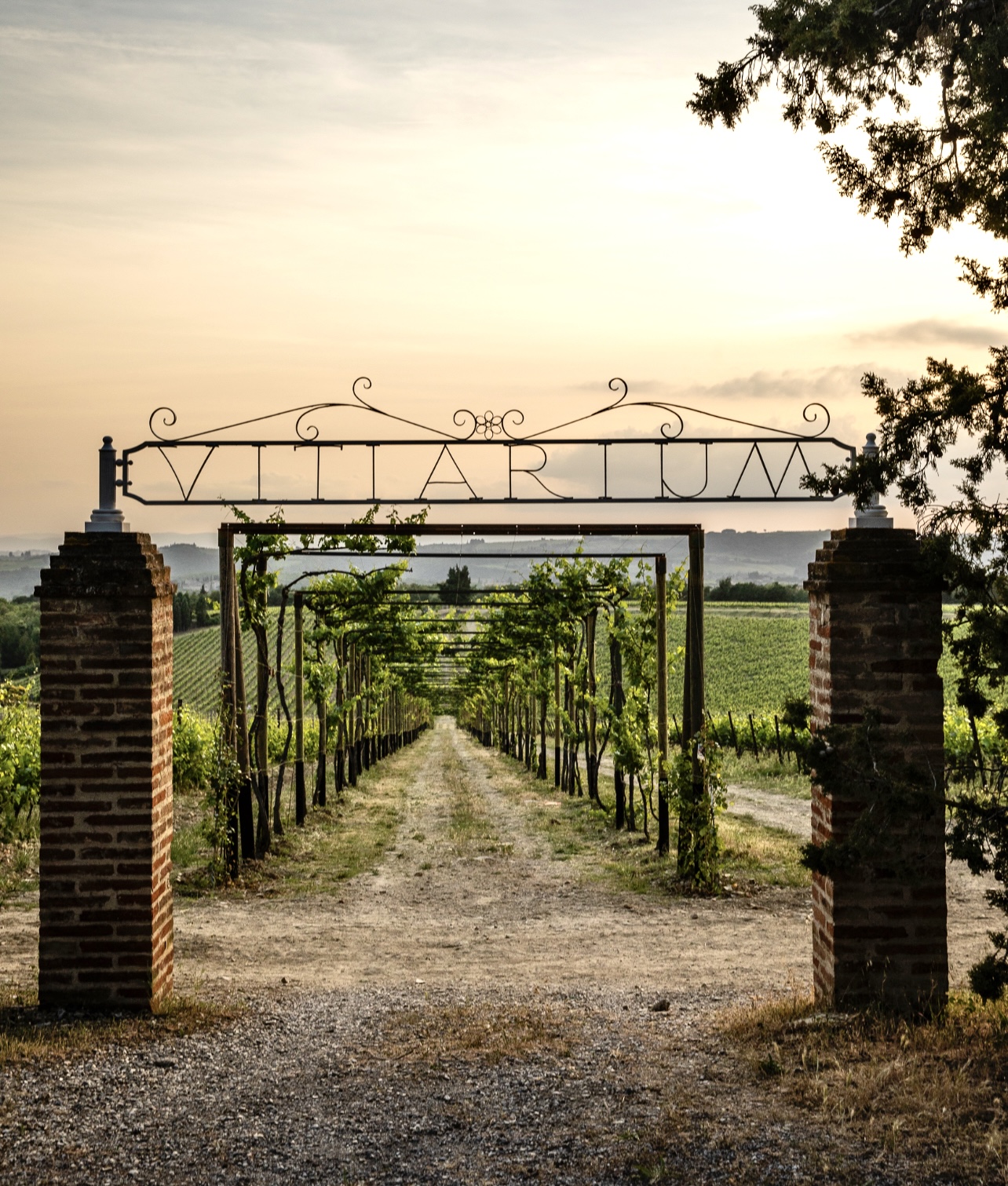
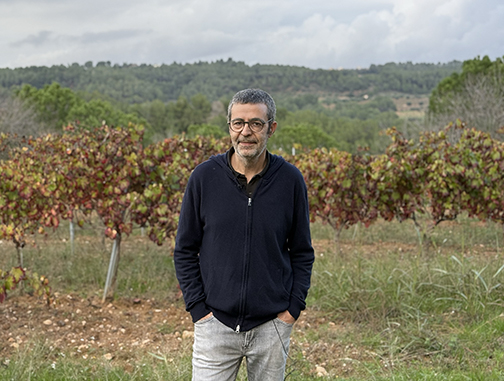

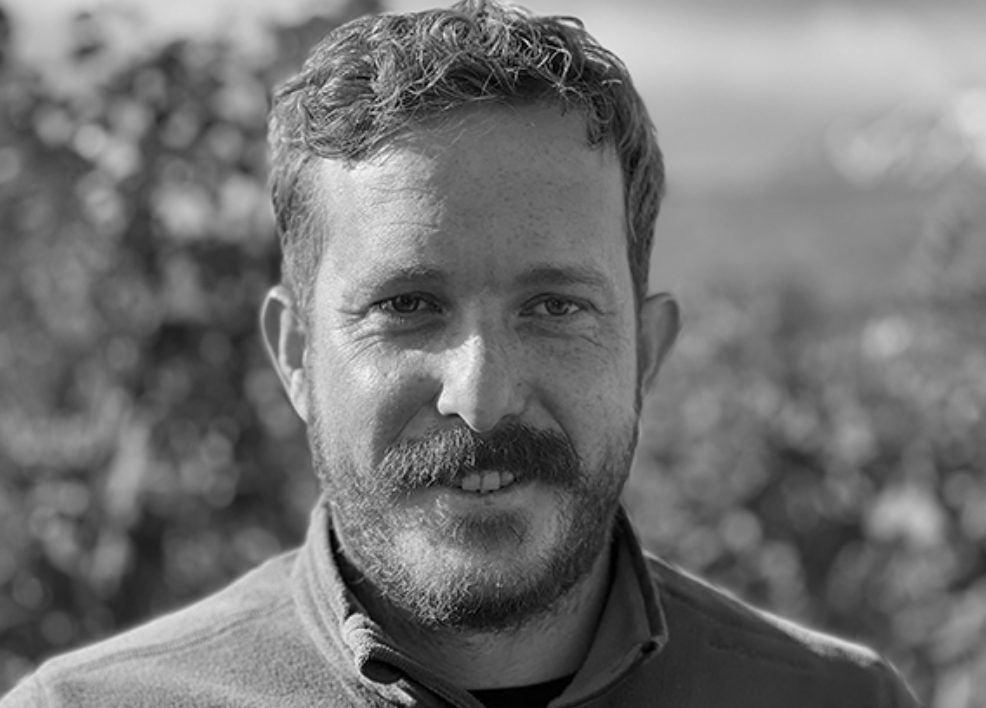

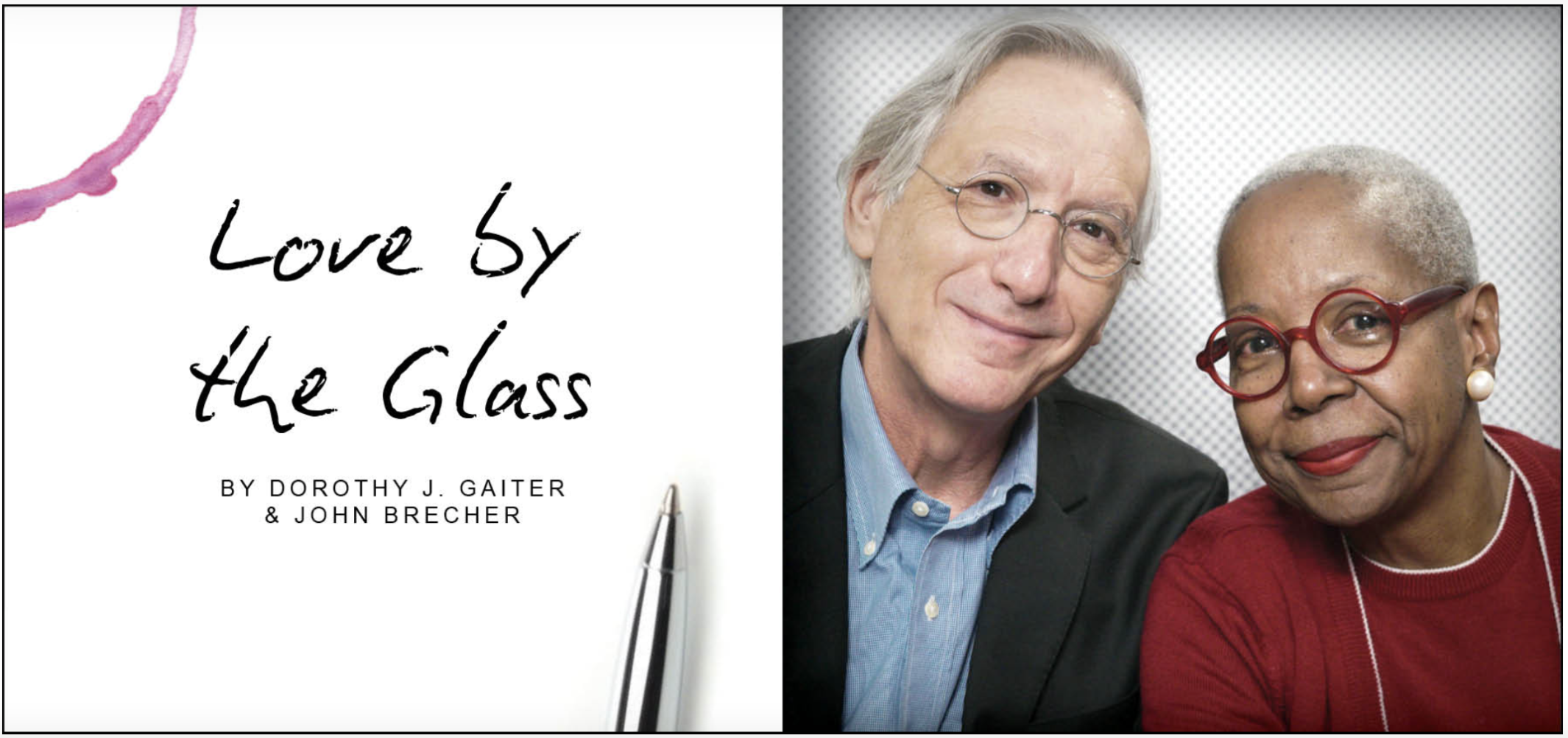
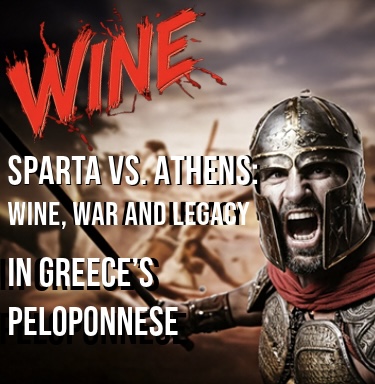
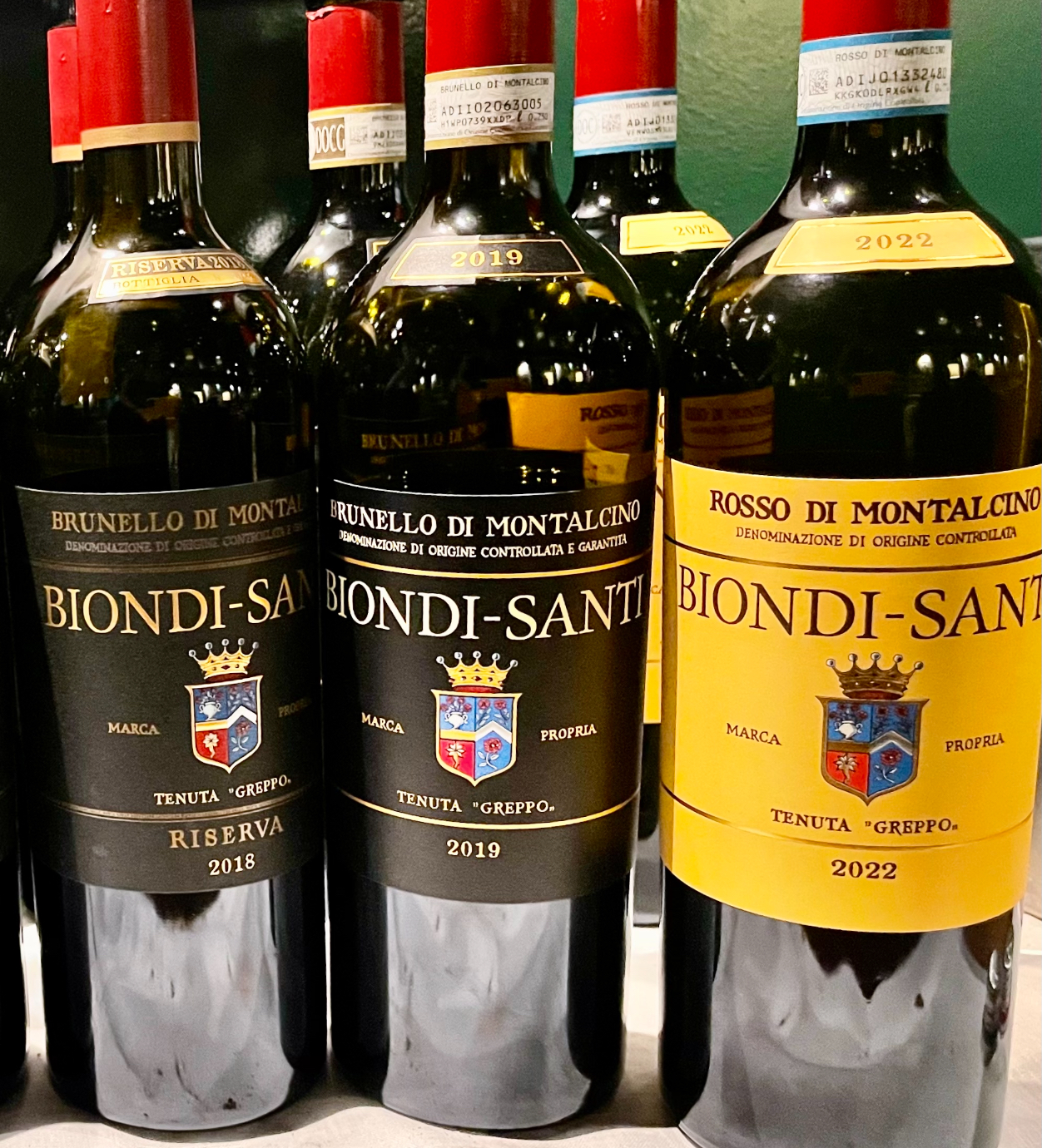
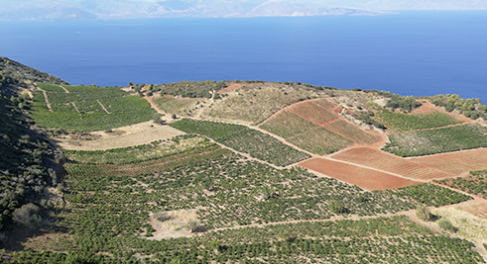

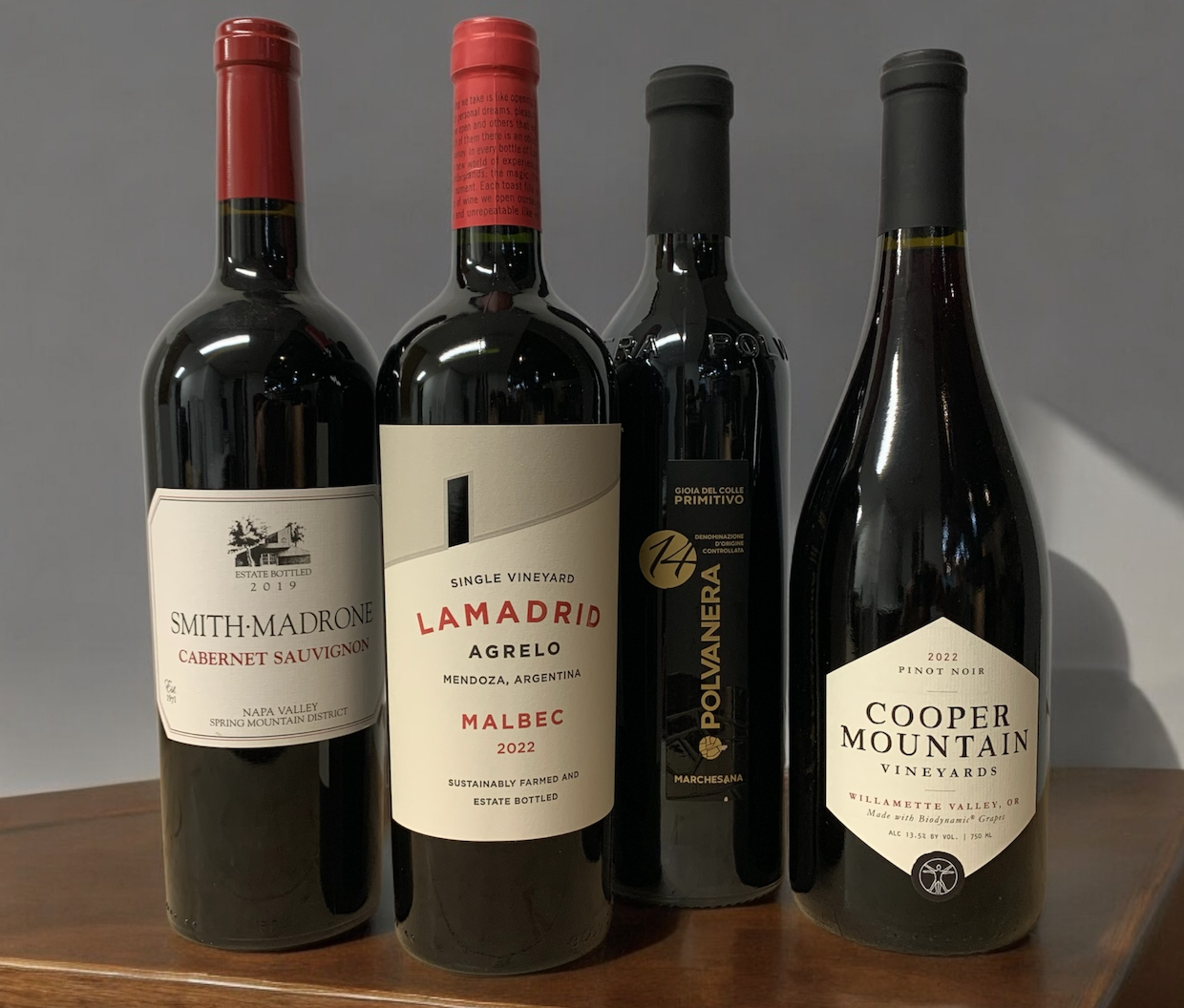
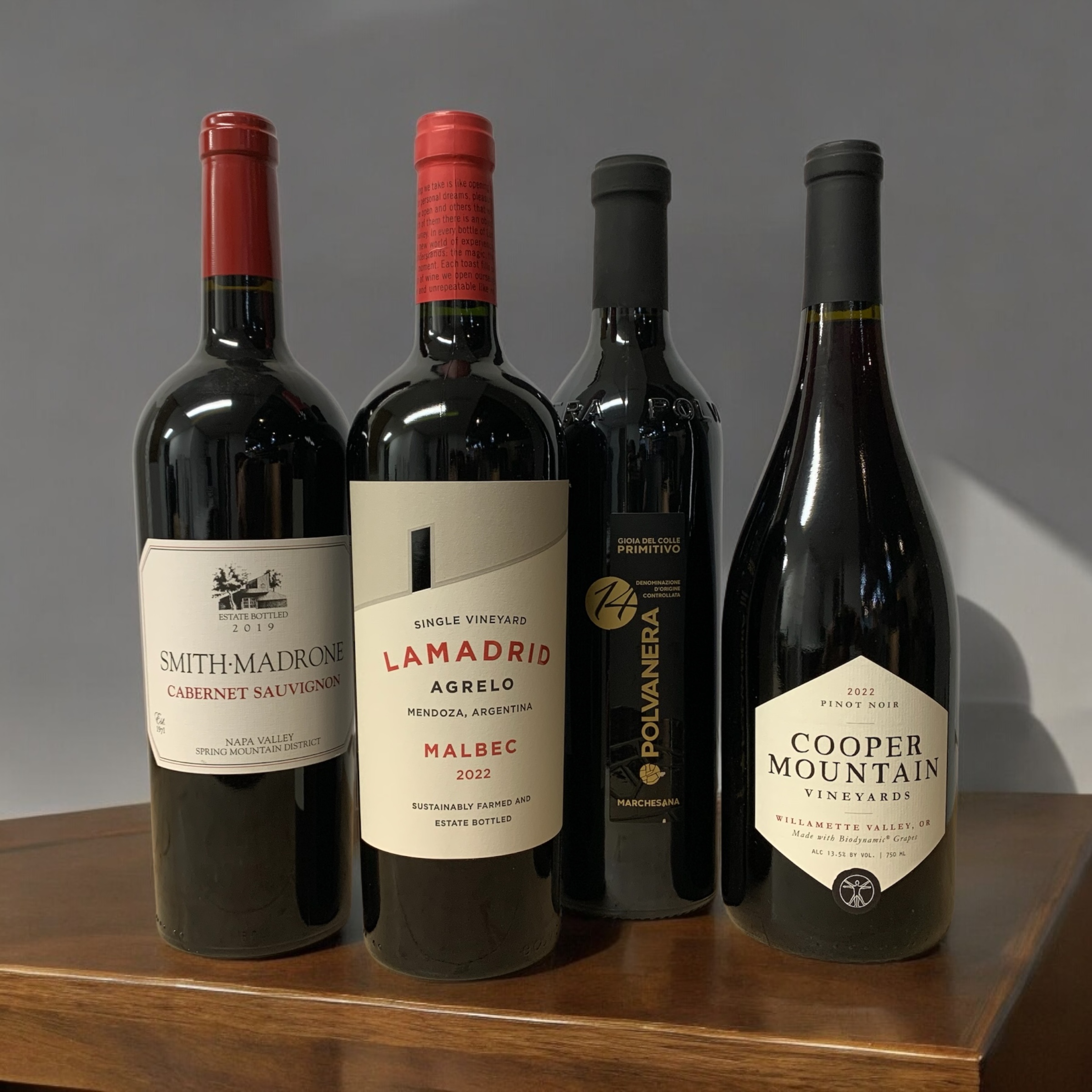 The most satisfying winter reds deserve a proper send-off before they're banished to the cellar until next November. Cabernet Sauvignon from California's Napa Valley has been your loyal friend through the darkest days—like that dependable buddy who helped you shovel the driveway without complaining (much). Australian Shiraz, with its bold blackberry and chocolate notes, deserves one final evening by the fire—a wine so warming it should come with its own caution label: "May cause spontaneous removal of sweaters."
The most satisfying winter reds deserve a proper send-off before they're banished to the cellar until next November. Cabernet Sauvignon from California's Napa Valley has been your loyal friend through the darkest days—like that dependable buddy who helped you shovel the driveway without complaining (much). Australian Shiraz, with its bold blackberry and chocolate notes, deserves one final evening by the fire—a wine so warming it should come with its own caution label: "May cause spontaneous removal of sweaters."




